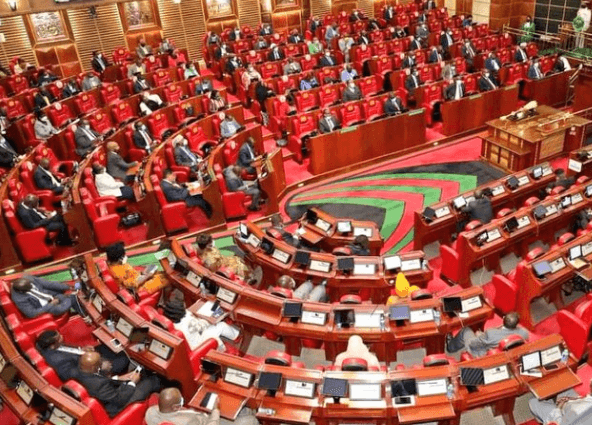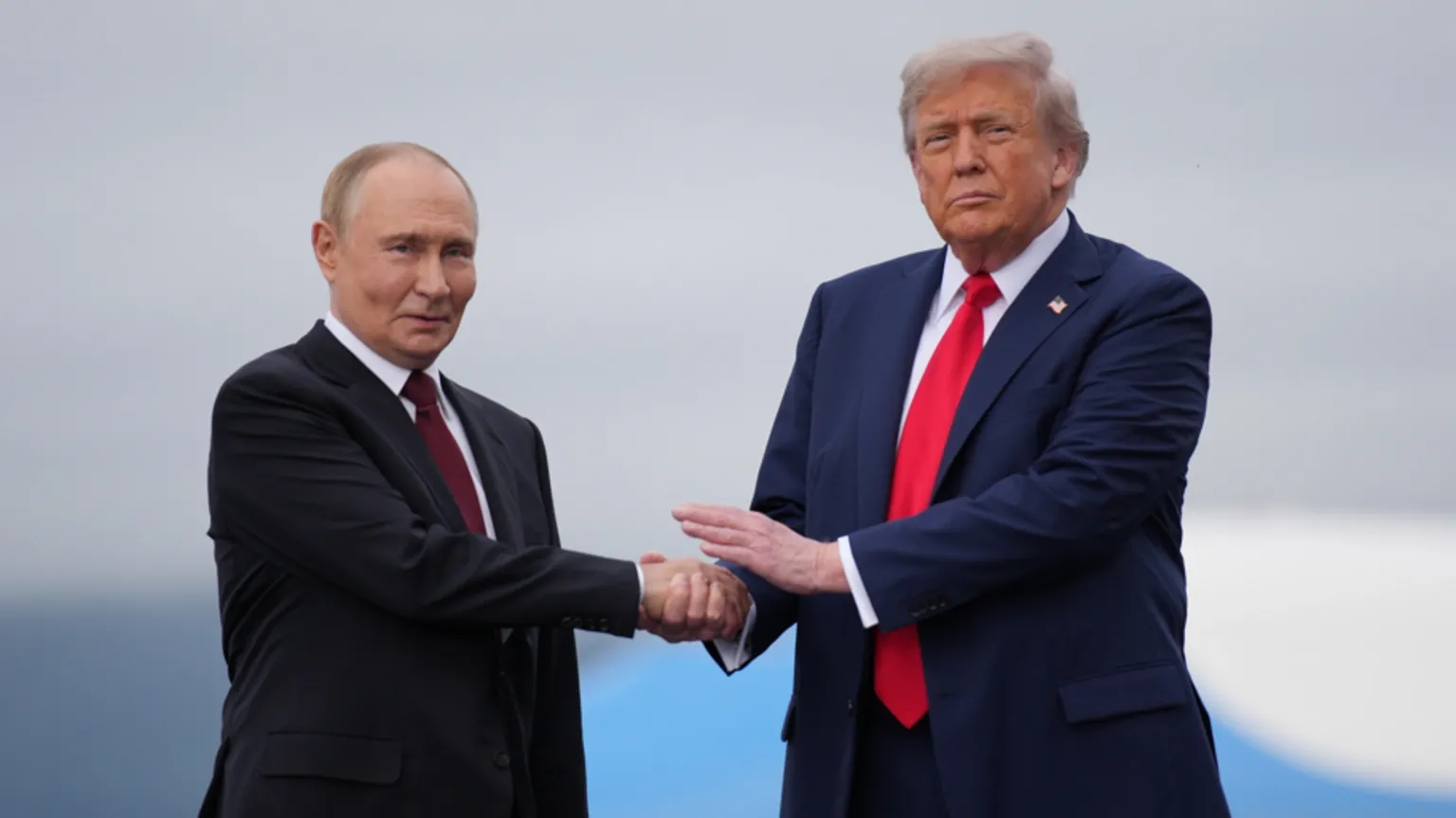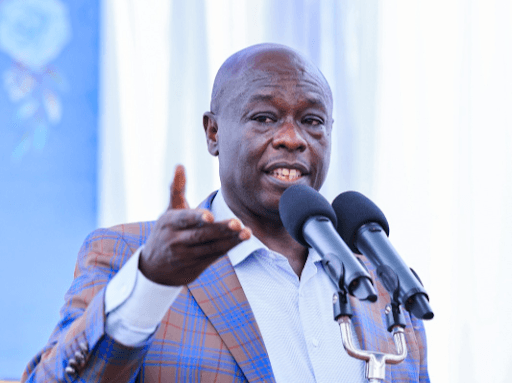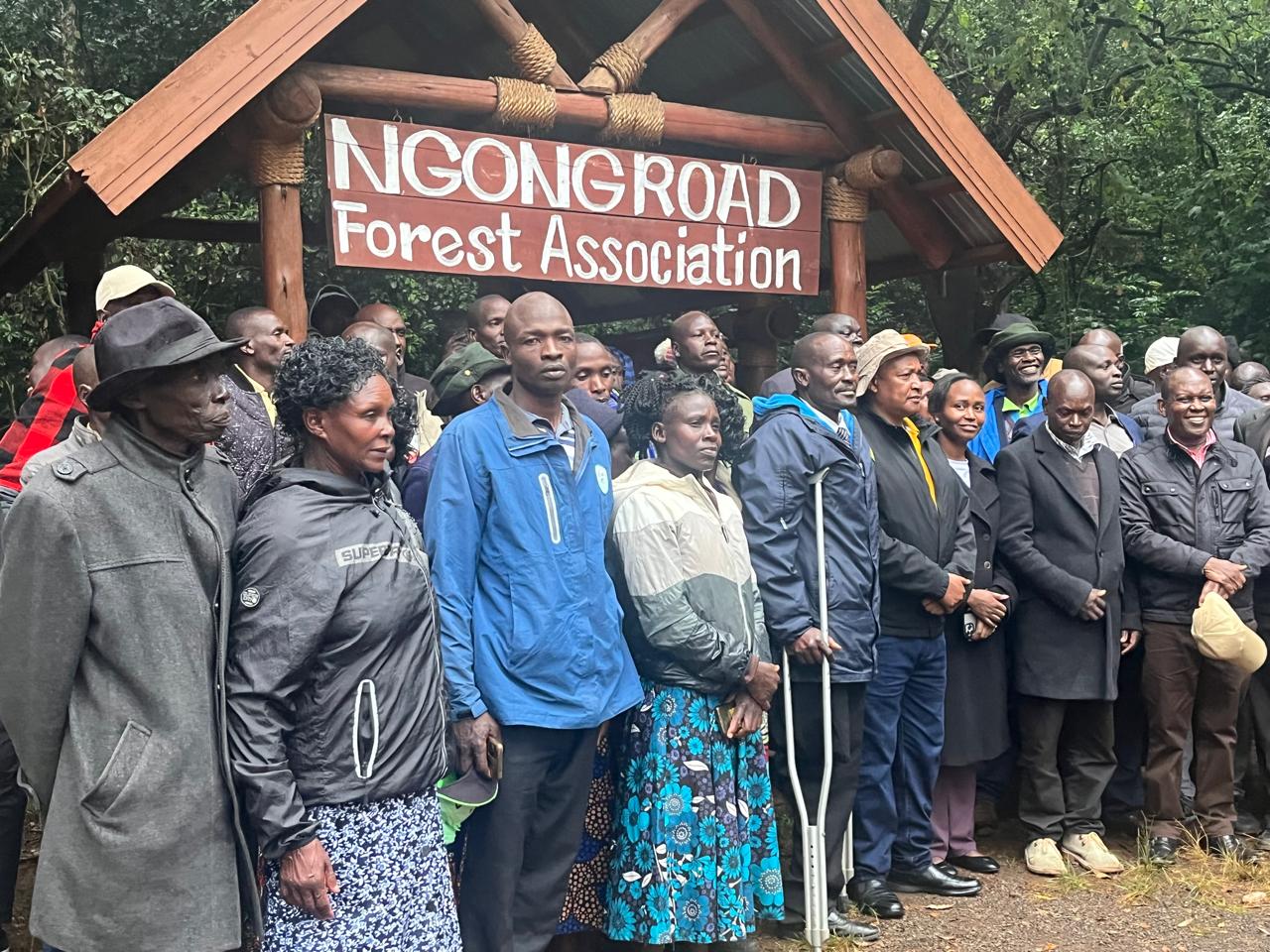
The Kenya Forest Service (KFS) has stepped up sensitization of communities
living around the Kaptagat Forest ahead of the planned fencing of the forest.
KFS is carrying out a second week-long
sensitization and benchmarking tour for community members and forest
associations from the Kaptagat region.
They are visiting other forests which have
already been fenced and have active Community Forest Associations (CFAs) that
are benefiting from the forests.
The benchmarking started at Ngong Forest where KFS Coordinator for CFAs, Joselyne Ndambu, said the country has 235 CFAs, most of which are benefiting from forest resources in a better way because of controlled access.
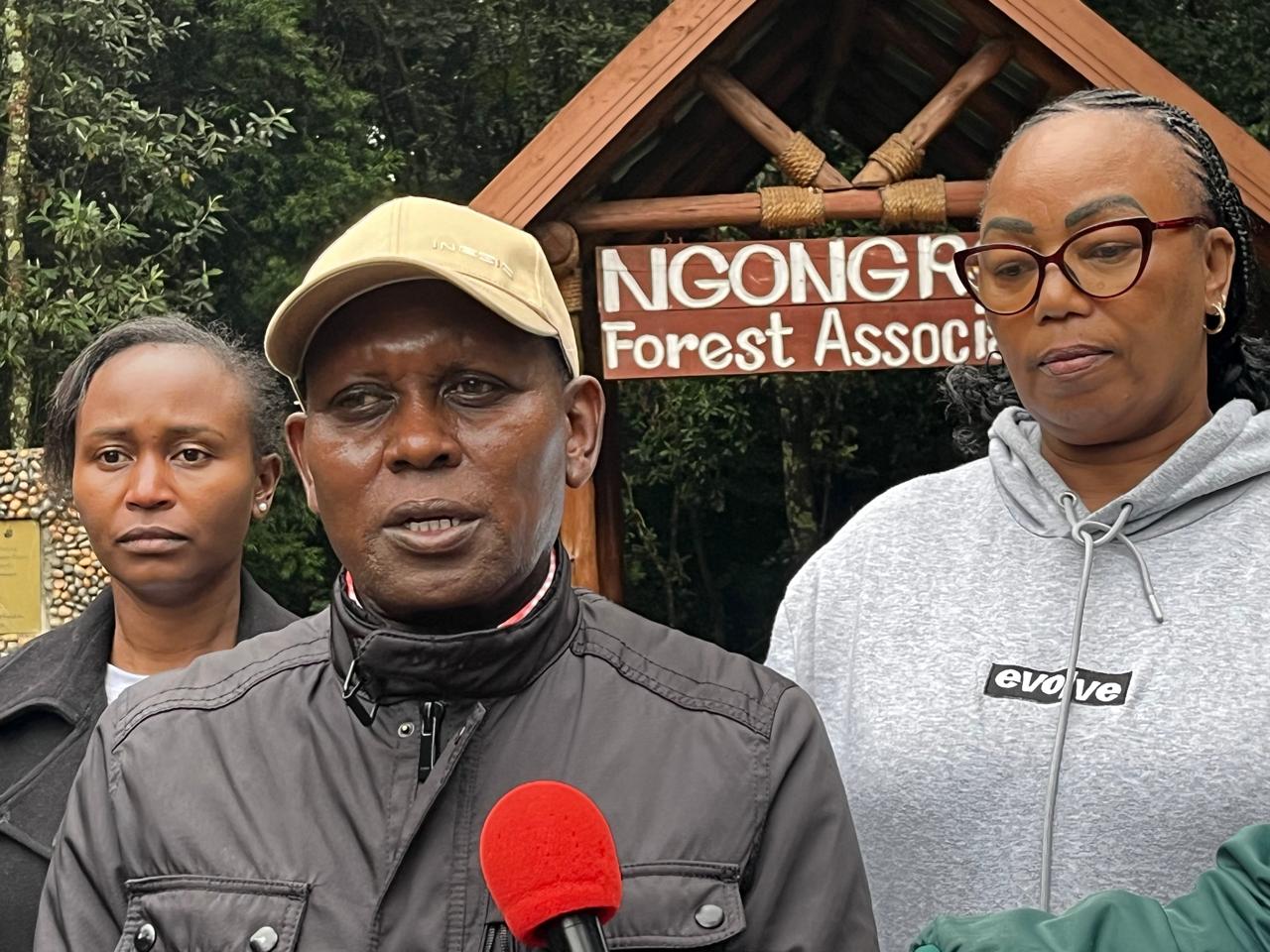
The benchmarking will also include a tour of
Karura Forest and other forests in the Mt Kenya region.
“Through this benchmarking we expect community
members from Kaptagat to learn how CFAs in other areas are benefiting from
forests that are controlled through fencing,” said Ndambu.
She said many CFAs, like those in Ngong Forest, are running successful projects within the forest, and fencing was a major boost as it helped control access and enhance security for projects undertaken by CFAs.
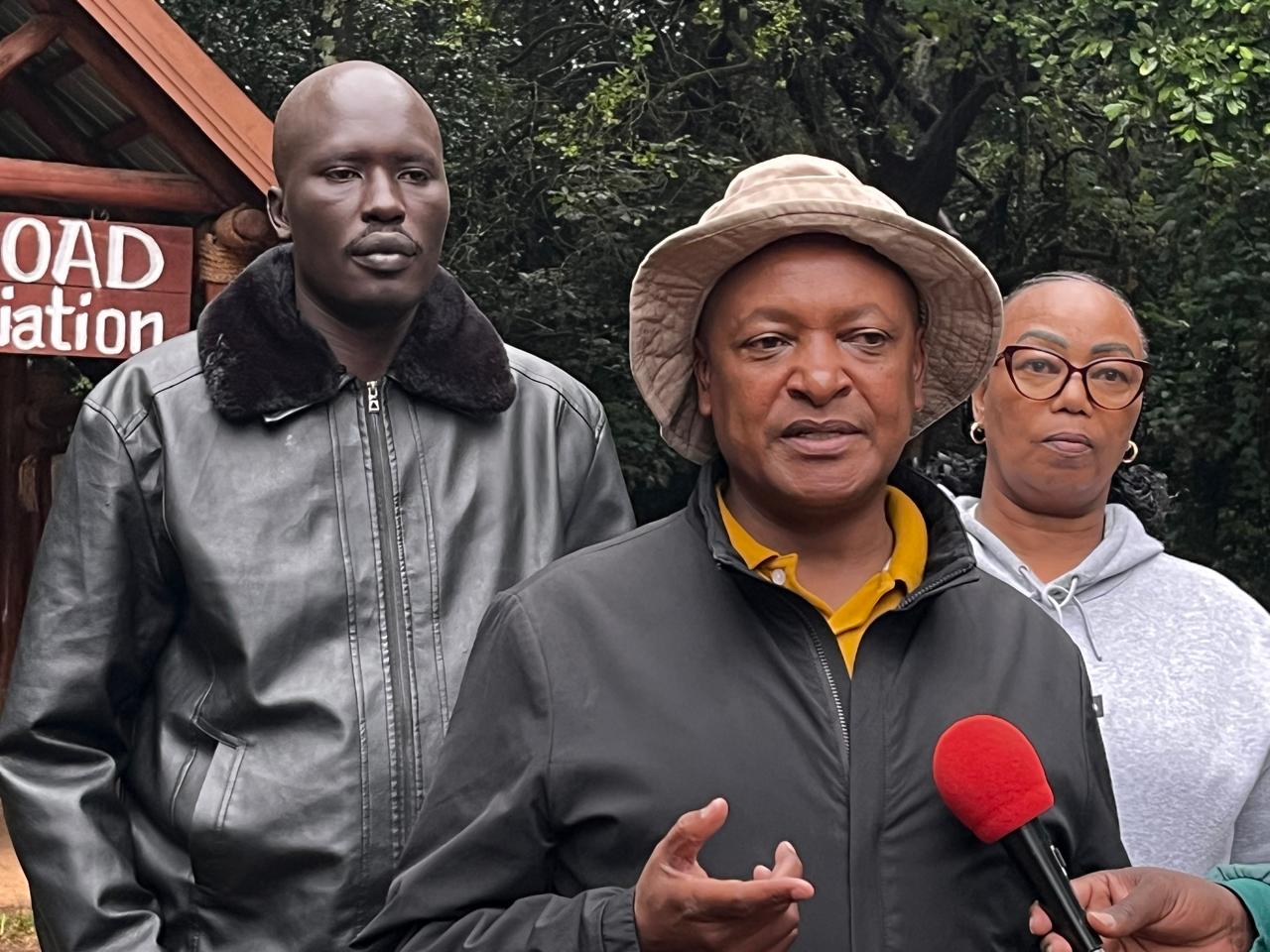
The Nairobi Region Forest Conservator said
fencing does not deter communities from accessing and using forests but is only
a measure to control and safeguard the forest ecosystem.
She noted that the community around Ngong Forest was fully involved in sensitization and public participation before fencing was done.
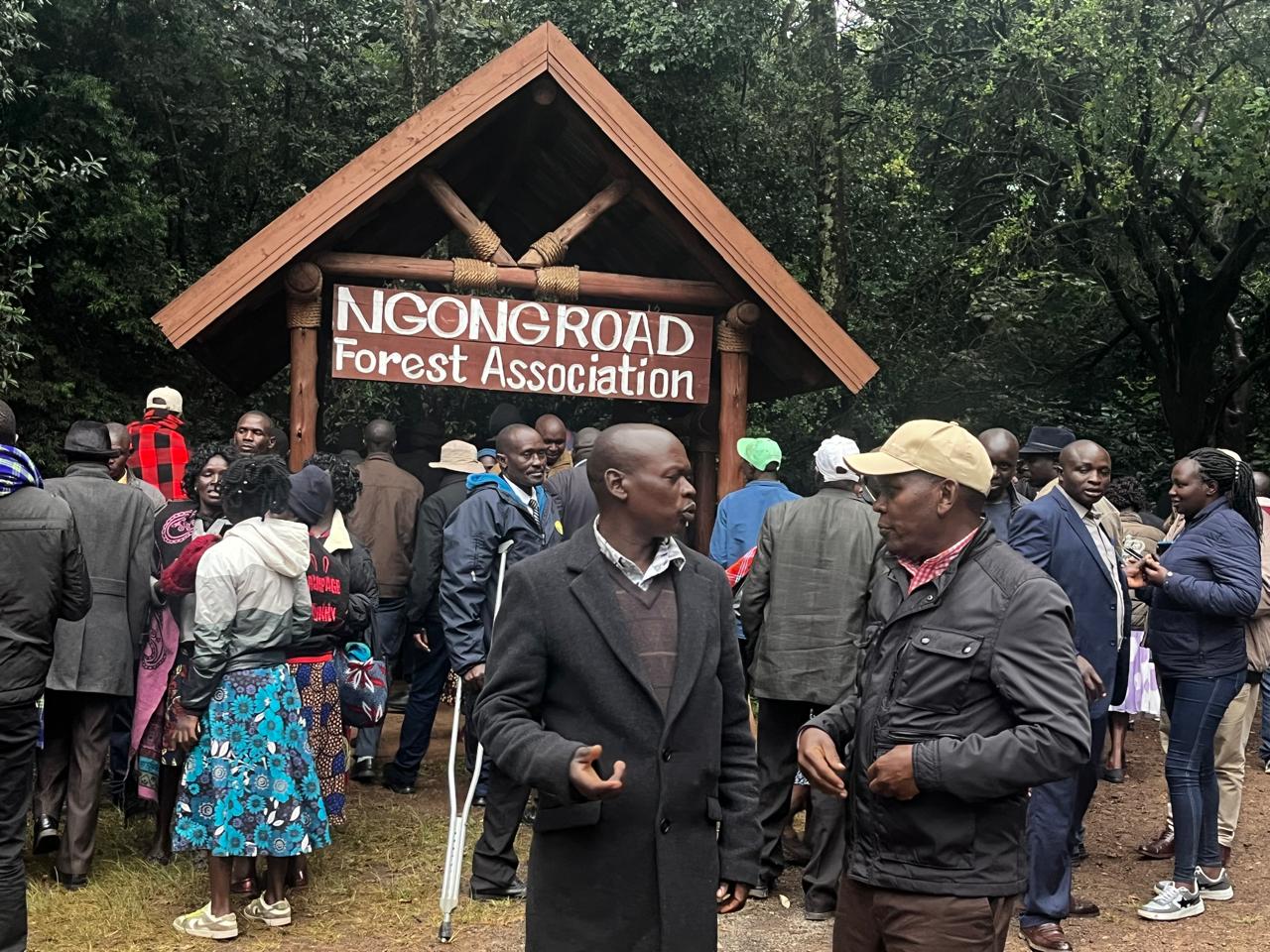
“They had to fully understand the process and
even helped in deciding where the entry points or gates are located,” she said.
Chairman of the Kaptagat Forest Conservation
Programme 9th edition, Joseph Lagat, said fencing helps maximize benefits from
forests for CFAs.
“This benchmarking is aimed at helping our
CFAs from Kaptagat learn how best they can conserve and at the same time
benefit from the forests,” said Lagat.
Secretary of the Ngong Road Forest
Association, Simon Nganga, said they had experienced more benefits from the
forest after it was fenced than before.
The government has planned to proceed with fencing off the Kaptagat Forest after President William Ruto supported the initiative aimed at strengthening conservation of the key water tower.
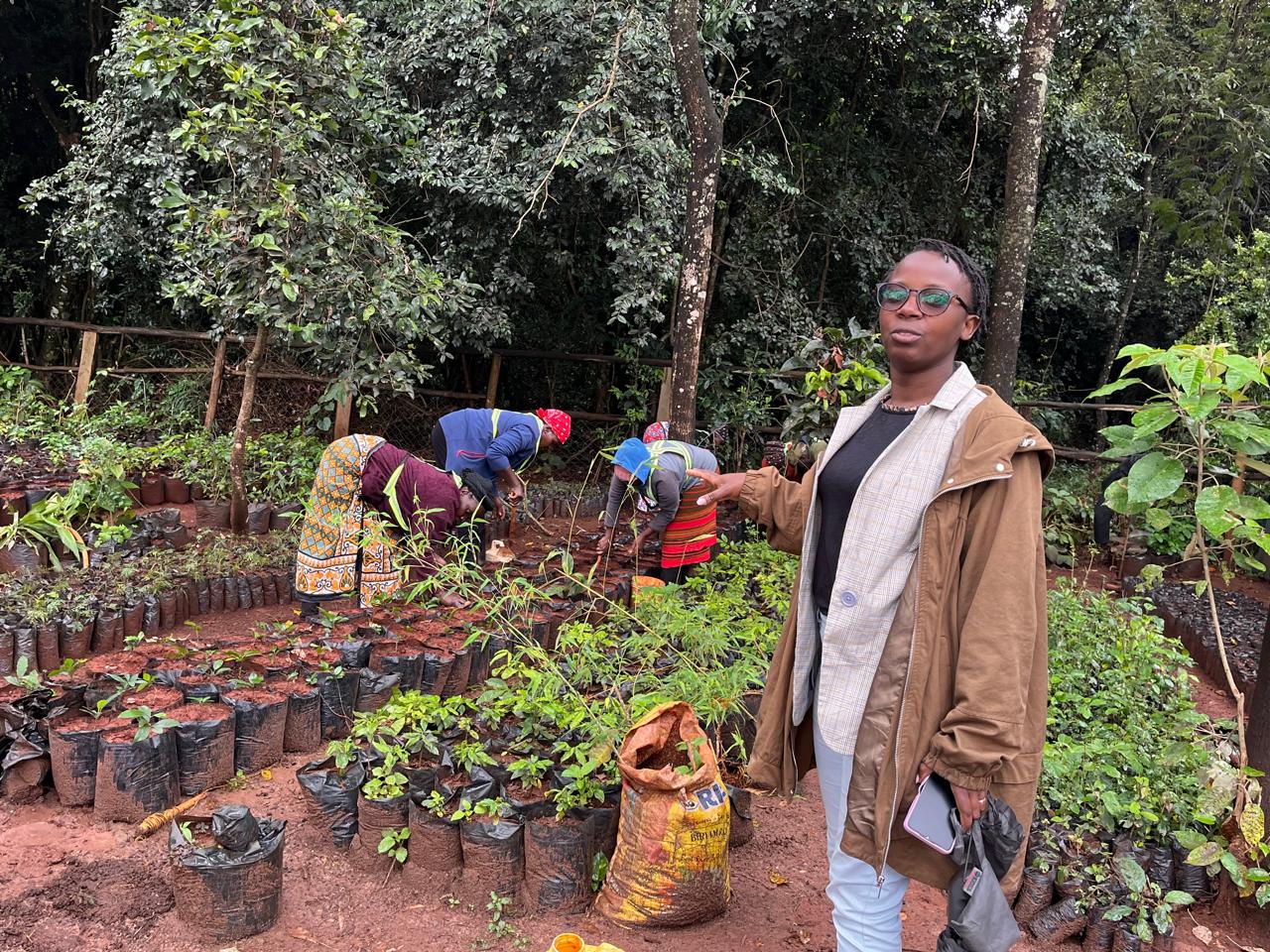
About 300 kilometers around the forest will be
fenced, with community members expected to select areas where entry points will
be located.
A section of the communities in the region
have been critical of the fencing plan, but Ruto, who visited the area a month
ago, took time to explain to residents the importance of fencing the forest.
He was in the area to preside over the 9th
edition of the Kaptagat Forest Integrated Conservation Program spearheaded by
Treasury PS Dr. Chris Kiptoo.
“We have done fencing around all other major forests in the country and it’s important we do the same for Kaptagat so that we strengthen the ongoing conservation efforts,” said Ruto.
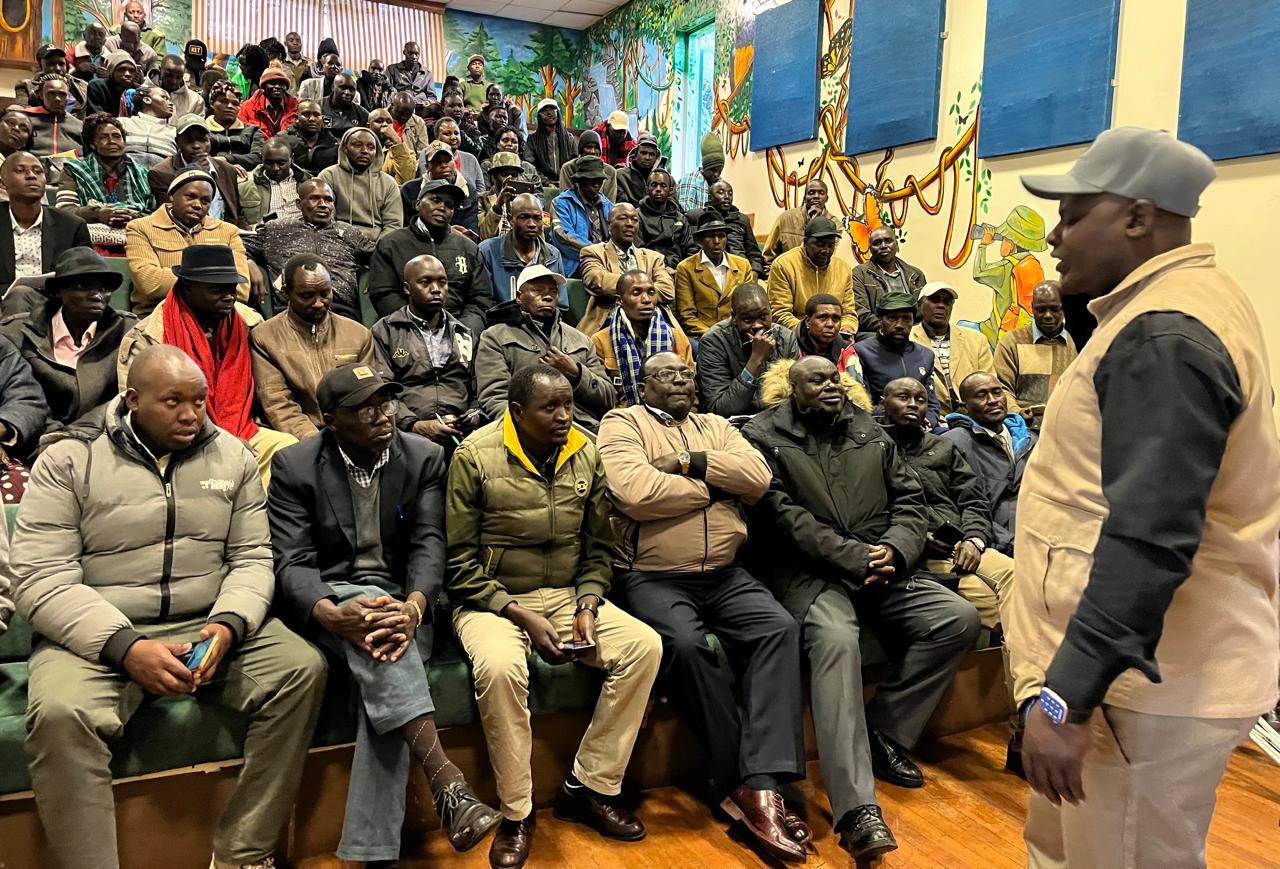
He praised Dr. Kiptoo for the initiative,
saying it would go a long way in stopping degradation of the forest where
extensive grazing has contributed to the destruction of tree seedlings.
More than 2,500 hectares of the Kaptagat
Forest have so far been reclaimed through the Kaptagat Integrated Conservation
Programme spearheaded by Dr. Kiptoo.
Concerted efforts led by Dr. Kiptoo and other
stakeholders have restored much of the forest that had been destroyed.
So far, more than 2 million tree seedlings
have been replanted as part of the reclamation initiative which has been
embraced by local communities and partner organizations.
Many locals have supported the conservation
plan led by PS Kiptoo.





